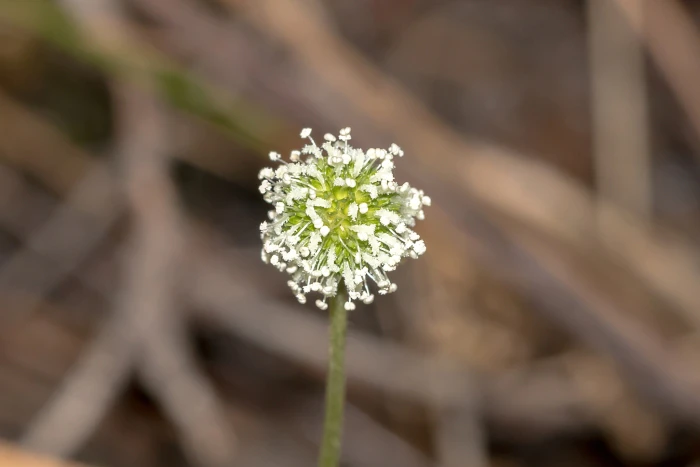Red Bidibid
(Acaena novae-zelandiae)
Red Bidibid (Acaena novae-zelandiae)
/
/

Andrew Allen
CC BY 4.0
Image By:
Andrew Allen
Recorded By:
Copyright:
CC BY 4.0
Copyright Notice:
Photo by: Andrew Allen | License Type: CC BY 4.0 | License URL: http://creativecommons.org/licenses/by/4.0/ | Rights Holder: Andrew Allen | Publisher: iNaturalist | Date Created: 2021-10-24T01:51Z |


















































Estimated Native Range
Climate Requirements for Terre Haute, Indiana
| This Plant | Your Site | Plant Suitability for Your Location | ||
|---|---|---|---|---|
| • Precipitation | 9" - 182" | 41" | Aquatic | Aquatic |
| • High Temp. | 48°F - 94°F | 88°F | Your summer temperatures are normal for this plant. | Excellent |
| • Low Temp. | 13°F - 68°F | 18°F | Your winter temperatures are normal for this plant | Excellent |
This plant may not grow well at your location - your precipitation is too high.
Summary
Acaena novae-zelandiae, commonly known as Red Bidibid, is an evergreen perennial herb native to grasslands, alpine regions, and coastal scrublands in New Zealand, New Guinea, and Australia. It forms a low-growing mat reaching a height of about 0.3 feet (10 cm) and can spread widely to cover an area of 3 feet (1 meter). The plant features small, finely divided leaves that can take on a reddish tint in full sun, adding to its ornamental value. During the summer and fall, Red Bidibid produces inconspicuous green flowers that mature into burr-like seed heads with reddish-purple hues, which can be quite showy.
Red Bidibid is valued for its ability to form dense ground covers, which can help to suppress weeds and stabilize soil. It is suitable for rock gardens, alpine gardens, and as a filler between stepping stones due to its low stature and spreading habit. This plant is drought-tolerant once established, requiring minimal water and thriving in well-drained soils. It can adapt to a range of light conditions from full sun, where its foliage color intensifies, to part shade. However, gardeners should be cautious as Acaena novae-zelandiae can become invasive outside its native range, particularly in areas like California and Hawaii, where it can outcompete native species.CC BY-SA 4.0
Red Bidibid is valued for its ability to form dense ground covers, which can help to suppress weeds and stabilize soil. It is suitable for rock gardens, alpine gardens, and as a filler between stepping stones due to its low stature and spreading habit. This plant is drought-tolerant once established, requiring minimal water and thriving in well-drained soils. It can adapt to a range of light conditions from full sun, where its foliage color intensifies, to part shade. However, gardeners should be cautious as Acaena novae-zelandiae can become invasive outside its native range, particularly in areas like California and Hawaii, where it can outcompete native species.CC BY-SA 4.0
Plant Description
- Plant Type: Herb
- Height: 0.1-0.3 feet
- Width: 1.5-3 feet
- Growth Rate: Rapid
- Flower Color: White
- Flowering Season: Summer, Fall
- Leaf Retention: Evergreen
Growth Requirements
- Sun: Full Sun, Part Shade
- Water: Low
- Drainage: Fast
Common Uses
Groundcover, Low Maintenance, Potted Plant, Rock Garden
Natural Habitat
native to grasslands, alpine regions, and coastal scrublands in New Zealand, New Guinea, and Australia
Other Names
Common Names: New Zealand Bur, Biddy-Biddy, Buzzy, Bidgee-Widgee, Pirri-Pirri Bur, Biddy-Tornnød, Liten Taggpimpinell
Scientific Names: Acaena novae-zelandiae, Acaena novae-zelandica, Acaena sanguisorbae var. subtusglaucescens, Acaena sanguisorbae var. viridissima, Acaena anserinifolia subsp. elata, Acaena anserinifolia subsp. epoligotricha, Acaena anserinifolia subsp. interruptepinnata, Acaena anserinifolia subsp. oleosenitens, Acaena anserinifolia subsp. utrinquestrigulosa
GBIF Accepted Name: Acaena novae-zelandiae Kirk